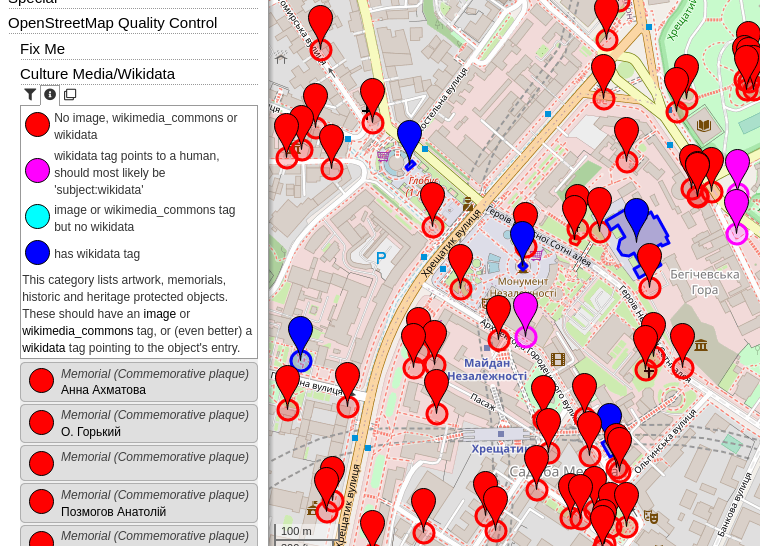YouthMappers Pre-conference meeting.
On the 18th August YouthMappers called its members to meet. This was a great moment ever for YouthMappers member to meet again for second conference since 2017. This gathering was the combination of the 2020 research fellows, regional ambassadors, YouthMappers technical supporters, director, communication officer and the board members.
The first meeting created a space for YouthMappers members to be updated, knowing one another, interacted, collaborated and above discussed the major impacts in their communities as a collective. In the process of continuity in the building of young people who define their future through community works and actively engaged in identifying problems and offering solutions, YouthMappers awarded certificates of appreciation to all its young people. This was a great motivation to Youths who tirelessly and selflessly contribute to open sources.
Highlights:
In 2022 during the conference YouthMappers @[youthmappers.org] launched the first ever documentary in history, highlighting the major impact and voices of young people inclusively. Additionally, in recognizing the efforts of young people across the #67 countries with #327 YouthMappers chapters, young people combined their voices and released the book around all sustainable development goals. This book is a true reflection of YouthMappers current, Alumni, technical team and board of directors voices. It has showcased some major impacts, works and efforts of the young people in their different communities.







